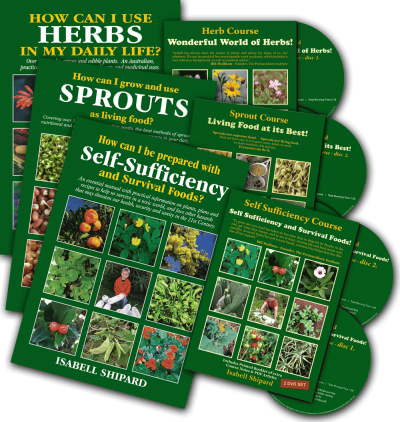Description
Loofahs are said to have origins in Asia, with about 8 species belonging to the Cucurbitaceae family. Below is information on three useful species.
1. Smooth Loofah (Luffa cylindrical) also called Dishcloth Gourd; a hardy annual (to perennial in sub-tropical climates), creeping or climbing tendril vine, with large, hairy, deeply lobed leaves. Yellow trumpet-shaped male and female flowers. Round, green fruit 20-60cm long with scallops running lengthways. Skin turns brown at full maturity. When dry the skin can be peeled off, revealing a thick mass of light brown fibre that looks like a tightly spun cocoon, with the widest end open to allow easy exit for the flat, oval, black seed.

2. Angled Loofah (Luffa acutangula) also called Chinese Okra, Ridged Gourd, Thai Vegetable; annual with growth like the smooth loofah. Oval fruit 15-30cm long forms thin at the vine end expanding to 8cm diameter at the terminal end. Ten very defined ridges form around the full length of the fruit, which give a very appealing appearance. Oval, flat, dark brown seed form within cavities of the fruit’s interior mesh-like fibre.
3. Little Loofah (Luffa purgens) also called Mini Loofah; an annual with a smaller leaf than the above species. Oval fruit the size of a bantam egg with oval, tiny, soft spines which form along 10 ridges that run from end to end. When the skin turns from green to brown, the skin is easy to peel off. If little loofahs are not picked when mature a little top-knot at the terminal end drops off and the black, oval, flat, 7mm long seeds fall out, part of nature’s plan of seed dispersal for the next season’s plants.
… … omitted text, please see How can I use HERBS in my daily life? for full text.
Medicinal Uses
A traditional Chinese food plant (species 1 and 2) to benefit the liver, lungs, heart and stomach; having a cooling effect on the body; also used for migraines, lumbago, bronchitis and uterine bleeding. Little loofah has been found to have quite unique therapeutic uses. Many years ago Hildegard rang for seeds of the little loofah, and she lent me the book ‘Healing without pills and injections’ by Anita Backhaus, who mentions the research of Dr. Fliess, a professor at the Berlin University Hospital, Germany, in researching natural remedies and reflexes of the body. He found that the trigeminus nerve in the nose was a remarkable trigger point for healing all manner of illnesses. Dr. Fliess had heard of little loofah from a herbalist who found the plant had brought a return to health for a patient who was suffering from a brain tumor. Dr. Fliess experimented with little loofah on himself, and found the procedure most successful. Half a Loofah purgens is soaked
… … omitted text, please see How can I use HERBS in my daily life? for full text.


